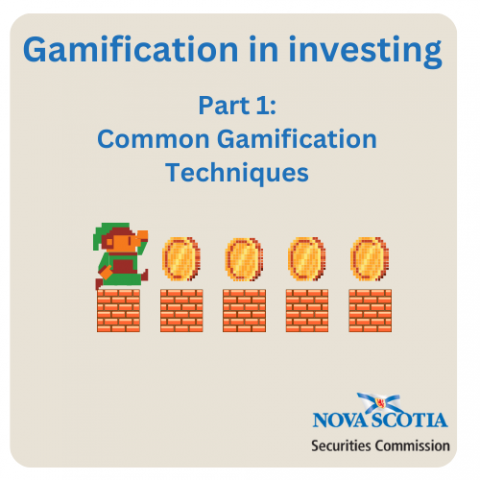Submitted by nsscadmin on

This week we’re starting a quick two-part series on gamification in online investing. The advent of smart phones and investing apps that provide investors with direct access to the markets has allowed many people to invest more easily than ever before. However, investing apps have also led to the gamification of investing, which has led to investor’s behaviour being influenced often without even knowing it’s happening. In case you’re unfamiliar with the term gamification is the integration of gaming elements into investing that encourages certain behaviours in investors and can be used to attract a wider audience.
In the first part of this series, we’ll look at some of the more common gamification techniques used in investment apps that investors need to be aware of.
Leaderboards
Leaderboards are very common in video games. Classic arcade games used to display a list of high scores to try and get players to keep pumping in quarters to claim the top of the leaderboard. Remember when George Constanza got the high score in Frogger? Leaderboards on investing apps try to entice investors in the same way. They attempt to get investors to invest more, or make more trades, to get onto and move up the leaderboard. This can be dangerous as typically the more trades an investor makes their chances of losing money increases.
Rewards
Investing apps try to influence investors by offering rewards. This can be done in a few different ways. They can be offered in the form of reward points, or badges for making trades or making deposits in your account. For example, some investment platforms have offered up free stock for investors who deposit a certain amount. Investment platforms have also used contests to influence behavior by offering entries into a contest for cash or prizes in return for investors making deposits or trades.
Goals and Progressive Framing
Many types of video games involve some type of quest or small side missions that the hero must complete to get through the game. Investment platforms have used gamification to try and turn investing into a quest by using goals and progressive framing that shows and highlights your progress toward that goal. In some ways this could be beneficial to an investor if these goals match their own financial goals and timelines. Where it can be harmful is if the goals you’re trying to reach, or progress you’re trying to achieve through gamification, does not match your long-term goals and even pushes you further away from reaching them.
Next week in Part 2 of our series on Gamification we’ll look at a few behavioural techniques with gamification connections that are commonly used by investment platforms.
